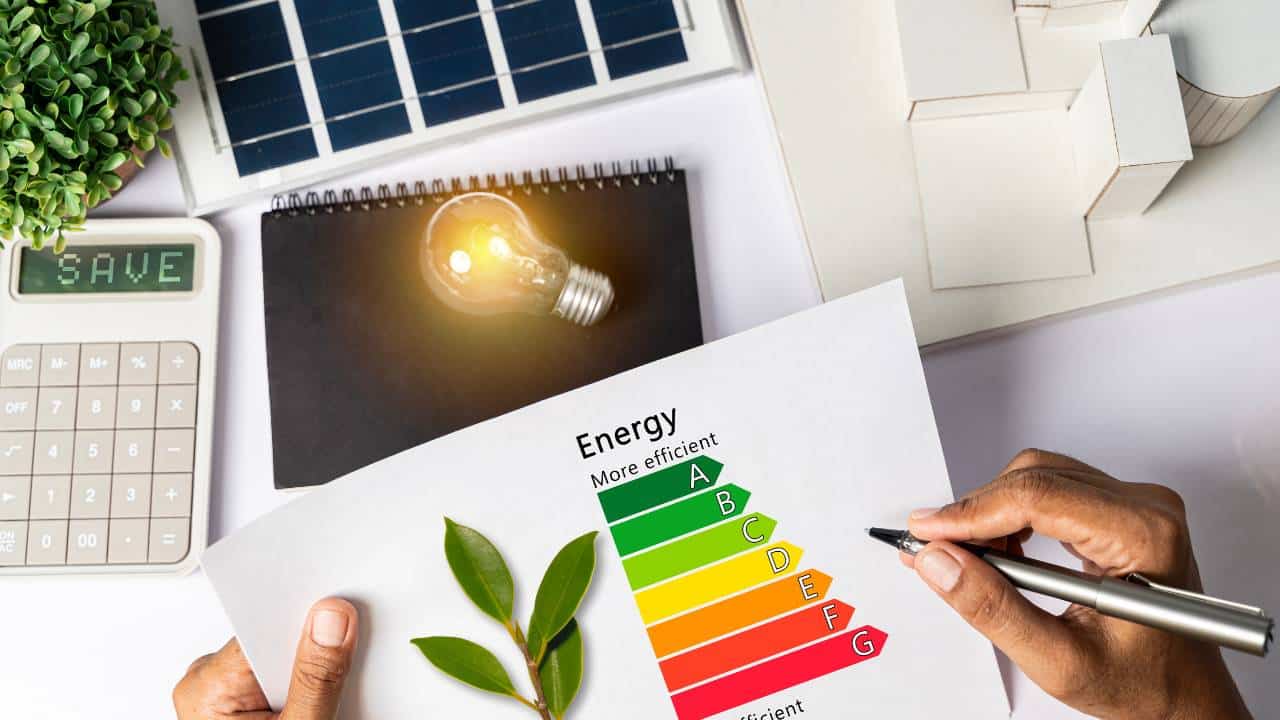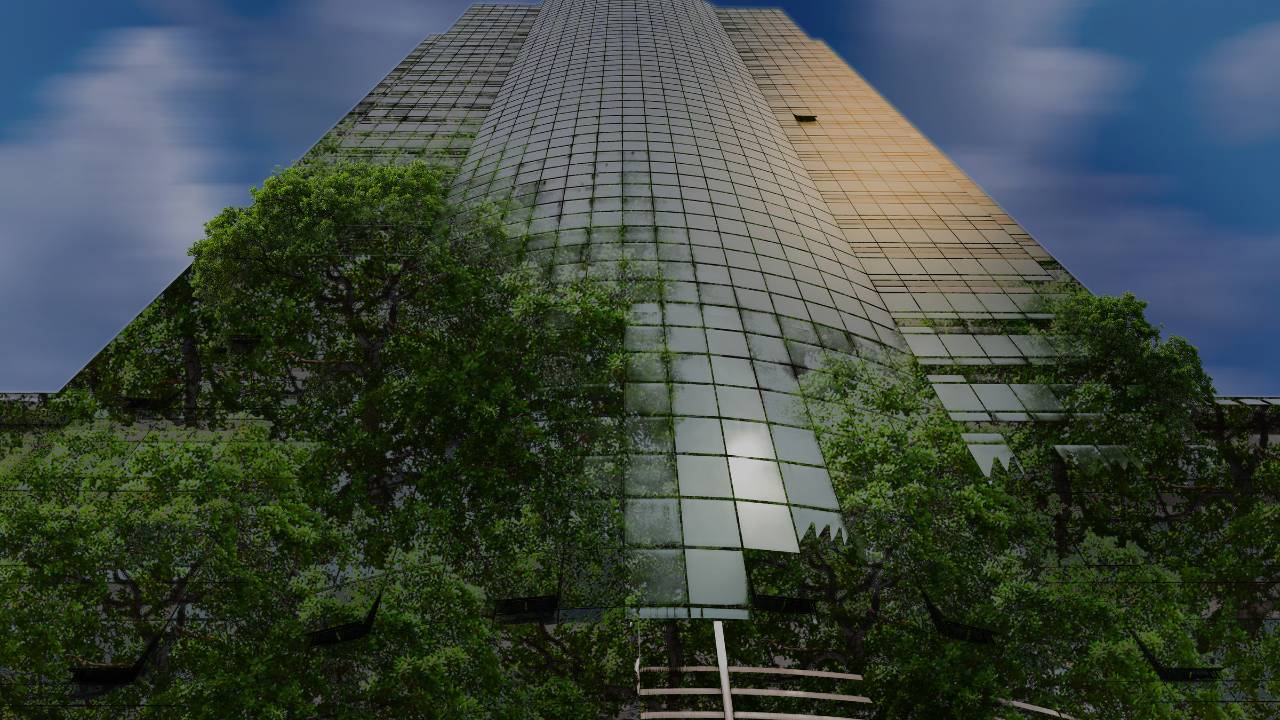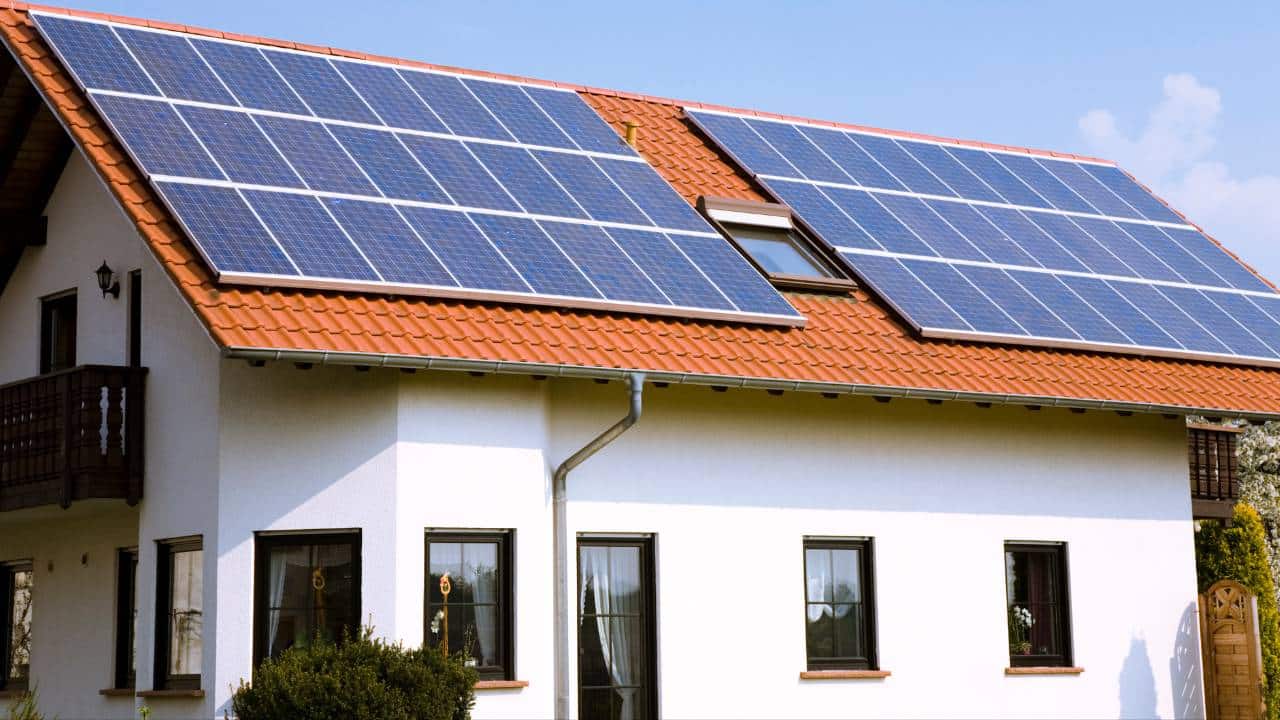Introduction
A South African Guide to Green Building Solutions That Actually Work
When you’re investing in a new build or renovation, one of the smartest choices you can make isn’t just about layout, finishes, or aesthetics — it’s about efficiency. With the current reality of load-shedding, escalating electricity costs, and climate change, making your building energy-efficient is no longer optional — it’s essential.
Whether you’re building a home, office block, school, or retail space, energy-efficient upgrades help you:
-
Cut down on long-term operational costs
-
Reduce your reliance on the national grid
-
Create a healthier and more comfortable environment
-
Increase property value
-
Meet South African green building standards
In this blog, we’re diving into the Top 10 energy-efficient upgrades every South African project should consider — no fluff, just the real game-changers.
Why Energy Efficiency Matters in South Africa
Before we get into the list, let’s set the scene.
🌞 We have abundant sunshine
Perfect for solar power, passive heating, and natural lighting.
⚡ Load-shedding is a reality
An unreliable electricity supply means energy independence is key.
💰 Electricity prices are high
South African households and businesses pay among the highest electricity rates in Africa.
🏘️ Regulations are evolving
SANS 10400-XA regulations now require minimum energy efficiency standards for all new buildings.
💡 Top 10 Energy-Efficient Upgrades for South African Building Projects
Let’s break down what you really need to consider if you’re serious about energy efficiency in your build.
1. Install a Solar Photovoltaic (PV) System
Why it’s a must:
Harnessing the sun to generate electricity reduces dependence on Eskom and cuts your power bill dramatically.

Types of systems:
-
Grid-tied (with or without battery backup)
-
Off-grid (ideal for rural or unreliable supply zones)
-
Hybrid systems (the best of both worlds)
SA context:
With our average of 2,500+ hours of sunshine annually, most regions — from Gauteng to Limpopo — are ideal for solar.
Pro tip:
Get a system sized to your actual energy usage, and combine it with smart appliances or load-shedding management.
2. Upgrade to LED Lighting Throughout
Why it’s smart:
LEDs use up to 90% less energy than traditional incandescent bulbs and last 20 times longer.

Best places to install:
-
Kitchens and bathrooms (often high-use)
-
Offices and commercial areas
-
Exterior security lighting (with motion sensors)
Bonus:
Cooler operating temperatures help reduce cooling costs, especially in warmer provinces like KZN and Mpumalanga.
3. Use High-Performance Insulation
Why it matters:
Good insulation cuts the need for artificial heating and cooling by stabilising indoor temperatures.

Where to insulate:
-
Ceilings/roofs (the biggest heat gain/loss point)
-
Walls (especially south-facing ones)
-
Floors (especially in colder climates)
Materials that work well in SA:
-
Cellulose (recycled paper)
-
Polyester (non-toxic)
-
Reflective foil (great for hot climates)
4. Install Energy-Efficient Windows and Glazing
Why it’s essential:
Windows can be your best friend or worst enemy in energy terms. Poor glazing = high heat gain/loss.

Options to consider:
-
Double glazing (for temperature control and noise reduction)
-
Low-E glass (reduces UV and infrared rays)
-
Window films or tints
Design tip:
Combine smart glazing with north-facing window orientation for passive solar gain in winter.
5. Use Smart Building Automation Systems
What it does:
Smart systems allow you to monitor and control lighting, HVAC, and appliances via sensors or mobile apps.

Examples:
-
Motion-sensor lighting
-
Smart thermostats (like Nest or EcoBee)
-
Timers for geysers and pool pumps
-
Energy monitoring systems
Benefit:
Helps you eliminate waste, track usage, and control power-intensive systems during peak-load hours.
6. Switch to Energy-Efficient Appliances
Why it’s underrated:
Appliances account for a huge chunk of daily energy use. Choosing right saves money every single day.

Look for:
-
Inverter fridges and aircons
-
Heat pump tumble dryers
-
Gas hobs and ovens (instead of electric)
-
Water-saving dishwashers and washing machines
SA tip:
Look for the South African Energy Efficiency Label to compare appliance ratings.
7. Use a Heat Pump or Solar Geyser
Why it’s a game-changer:
Traditional electric geysers can be the single biggest energy hog in your home.

Better options:
-
Solar geysers: Use the sun to heat water — free energy!
-
Heat pumps: Use ambient air to heat water with minimal electricity
Savings:
Can reduce water heating costs by 50–70%.
Incentive:
Many South African municipalities offer rebates for solar geysers or heat pumps.
8. Incorporate Passive Solar Design Principles
What it means:
Using architectural design to control heat and light without relying on mechanical systems.

How to implement:
-
Orient buildings north
-
Add shading devices (e.g., pergolas, overhangs)
-
Use thermal mass like brick or concrete floors to retain heat
-
Install clerestory windows for natural lighting and ventilation
SA context:
In the Highveld and Cape regions, passive design drastically reduces heating needs in winter and cooling in summer.
9. Rainwater Harvesting and Greywater Recycling
What it does:
Collect and store rainwater for use in irrigation, toilets, and even washing machines.

Systems to consider:
-
Basic rain barrel systems for gardens
-
Integrated rooftop and tank systems with filtration
-
Greywater systems that divert laundry/shower water for reuse
Green bonus:
Reduces municipal water dependency and is critical in water-scarce provinces like the Western Cape and Northern Cape.
10. Use Sustainable and Local Building Materials
Why it’s green:
Using locally sourced and low-embodied energy materials reduces the carbon footprint of your construction.

Examples include:
-
Compressed earth blocks
-
Bamboo flooring
-
Locally produced clay bricks
-
Recycled steel or aluminium
SA impact:
Local sourcing also boosts the local economy and reduces transportation emissions.
🏗️ The Business Case for Energy-Efficient Building
You might be wondering: Isn’t this going to cost more upfront?
Yes, some upgrades have initial costs, but here’s why the return is worth it:
✅ Lower operating costs
-
Save thousands per year in electricity, water, and maintenance
✅ Higher resale/rental value
-
Buyers and tenants pay more for energy-efficient buildings
✅ Better compliance
-
Meet SANS 10400-XA standards, Green Star SA, or EDGE certifications
✅ Resilience
-
Weather the storms of power cuts, fuel hikes, and climate events
🏘️ Energy-Efficient Builds in Action: South African Success Stories
🏡 Residential: Off-Grid Home in the Drakensberg
A family home uses:
-
Solar PV system
-
Battery storage
-
Heat pump geysers
-
Passive solar design
Result: 100% energy self-sufficient — even during Stage 6 load-shedding!
🏢 Commercial: Office Building in Rosebank, Joburg
This Green Star-rated office includes:
-
LED lighting
-
Automated HVAC
-
Rainwater harvesting
-
Double glazing
Savings: R90,000+ per year in energy costs alone.
🔚 Wrapping It Up: Build Smart, Live Better
Incorporating energy-efficient upgrades into your next building project is one of the most impactful decisions you can make — not just for your wallet, but for the planet and for South Africa’s future.
These upgrades:
-
Lower your utility bills
-
Increase your property’s value
-
Boost comfort and health
-
Reduce your environmental footprint
And with South Africa’s sunshine, climate, and growing demand for sustainable living, green building solutions are no longer a niche — they’re the new standard.
💬 Ready to Build Efficiently?
At Mimiti, we offer cutting-edge green building design, engineering, and consultation tailored for the South African environment. Whether you’re a private homeowner or a commercial developer, we’ll help you plan energy-efficient upgrades that save now and pay off later.
📞 Contact us today to book a consultation or request an energy audit for your upcoming project.




0 Comments